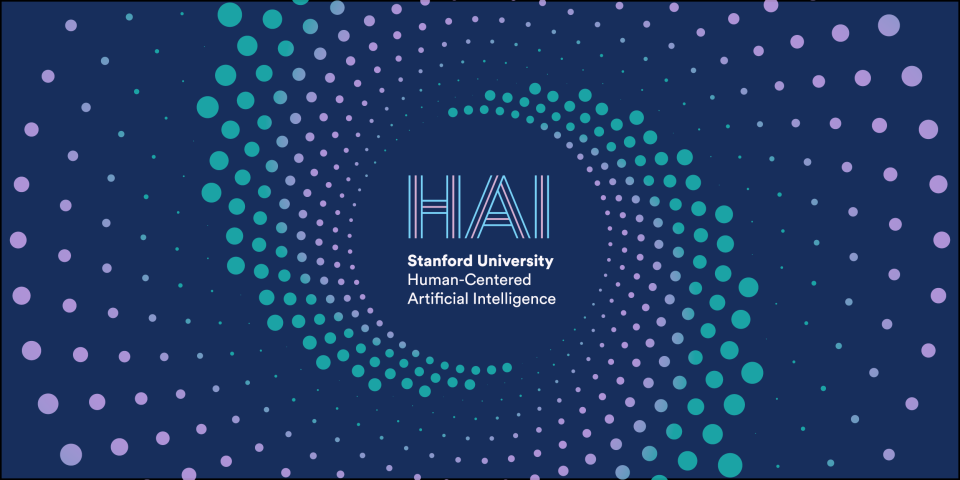
Artificial intelligence surged into the public limelight with last year’s wave of new generative AI tools. While language models and image generation tools have captured the headlines, AI’s reach is much broader than just that. This technology is changing how we study science, understand creativity, and engage with society.
The Stanford Institute for Human-Centered AI will bring together economists, musicians, computer scientists, biologists, futurists, and more to discuss the quickly evolving research field at this year’s fall conference, New Horizons in Generative AI, hosted at Stanford University on Oct. 24. The discussion will span AI's potential from decoding whale communication to accelerating drug discovery. And it will address critical open questions, like how does AI reconstitute human creativity and restructure human society.
Stanford HAI Associate Director Surya Ganguli, an associate professor of applied physics who is organizing the conference with Stanford Center for Research on Foundation Models Director Percy Liang, explains who should attend and what participants should expect from the daylong event.
What was your motivation for this conference?
Progress in both science and society has been catalyzed by historic moments in which new technologies have opened completely new windows into nature as well as ourselves. For example, the invention of the microscope opened new windows into the world of microbes and materials, which in turn led to advanced medicines and technologies. Similarly, we live in a historic moment in which AI opens new windows into complex patterns in nature, spanning the structure of proteins to global climate patterns, as well as new windows into the nature of artificial and human creativity, spanning from music and dance to chess. This deeper AI-enabled human understanding of both nature and ourselves presents new opportunities for a flourishing society. We are motivated by all of these developments to explore more fully the opportunities for AI to enhance human scientific understanding, creativity, and society.
Who should attend?
We welcome anyone who is interested in learning broadly about how recent advances in AI can provide remarkable new opportunities in science, creativity, and society. Our talks will be broadly accessible, and attendees will learn about diverse and exciting topics, spanning hidden patterns in proteins and whale communication, to implications for human creativity in music, chess, and dance, to how to build a flourishing society of human-AI agents.
What are you most excited about? What are some of the diverse ideas that will be presented?
We are excited about all of it! We can’t wait to learn how AI can help reveal the secrets of our protein universe, predict global climate patterns, decode the meaning of whale communications, discover new drugs, create new music and dance, challenge human creativity in chess, and lead to new types of human-AI societies.
Learn more about the agenda and register here.
Stanford HAI’s mission is to advance AI research, education, policy and practice to improve the human condition. Learn more.